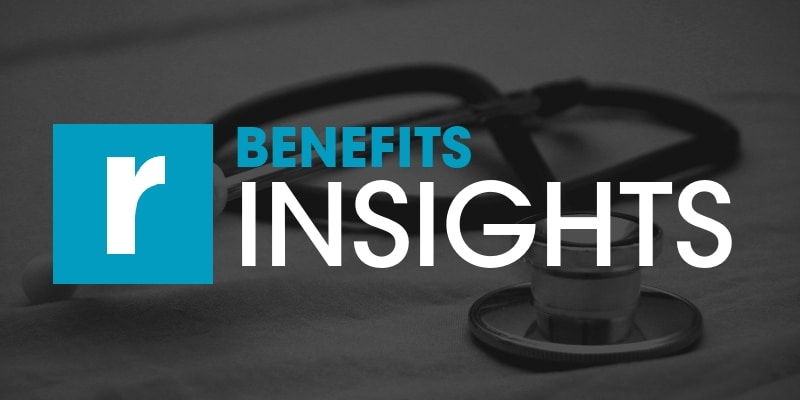
What the Coronavirus Could Mean for Health Care Costs The insurance marketplace hinges on uncertainty.
Costs are determined by how likely an event is to happen. If something is known, it can be planned (and budgeted) for. That’s what makes the coronavirus pandemic so unsettling: No one knows
what will happen.
Different models predict different numbers of people getting infected with the coronavirus in the coming months. As the models show, more infections will mean higher health care
costs overall. This article will identify critical areas to monitor and discuss the implications for health care marketplace costs.
Rising Costs at a Glance
A study funded by the professional organization America’s Health Insurance Plans (AHIP) predicts potential costs ranging from $56 billion to $556 billion over the next two years due to the coronavirus. A study from Covered California, the state’s health marketplace, estimates between $34 billion and $251 billion in coronavirus-related expenses during that period.
These figures come from the combined costs of testing, treating and caring for patients with the coronavirus.
Currently, major health care providers are waiving cost-sharing for fees related to coronavirus testing, but those expenses aren’t disappearing. Someone still needs to pay for those services, so employers should expect some of those costs to trickle down. That could mean greater cost-sharing or higher premiums for employees—up to 40% higher according to the Covered California model.
Major Cost Drivers
The most significant factor in predicting rising health care costs will be how many people become infected. There are currently over a million Americans infected with coronavirus disease 2019 (COVID-19), and infections aren’t stopping. Due to limited testing capabilities, that number might be smaller than the total number of actual infections.
If Americans can observe social distancing, proper handwashing and other health guidelines, infections could start to decline. That could potentially limit health care costs from skyrocketing.
However, a general sense of apathy toward health procedures has been increasing among many unemployed or furloughed workers. This is causing people to disregard health protocols, which may draw the pandemic out further, with or without another major cost driver: a potential vaccine. It will take significant investment to create a usable vaccine, and experts are unsure what its price will ultimately be. So
even if a vaccine were announced tomorrow, that doesn’t guarantee health costs won’t continue to rise.
Conclusion
Uncertainty makes it difficult to estimate what the health care marketplace will look like in a few months. If the coronavirus is contained, perhaps costs will remain as they are and rise at a predictable level (typically 6% annually). The more likely scenario is that COVID-19 infections will continue unabated and health providers will need to offload these unexpected costs on employers and their employees in
the next plan year.
Speak with us to discuss cost-containment strategies for your workplace.
This Benefits Insights is not intended to be exhaustive nor should any discussion or opinions be construed as professional advice. © 2020 Zywave, Inc. All rights reserved.


